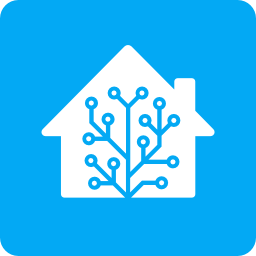

You are paying for reasonably well polished software, which for non technical people makes them a very good choice.
They have one click module installs for a lot of the things that self hosted people would want to run. If you want Plex, a onedrive clone, photo sync on your phone, etc just click a button and they handle installing and most of the maintenance of running that software for you. Obviously these are available on other open source NAS appliances now too so this isn’t much of a differnentiator for them anymore, but they were one of the first to do this.
I use them for their NVR which there are open source alternatives for but they aren’t nearly as polished, user friendly, or feature rich.
Their backup solution is also reasonably good for some home labs and small business use cases. If you have a VMware lab at home for instance it can connect to your vCenter and it do incremental backups of your VMs. There is an agent for Windows machines as well so you can keep laptops/desktops backed up.
For businesses there are backup options for Office365/Google Workspace where it can keep backups of your email/calendar/onedrive/SharePoint/etc. So there are a lot of capabilities there that aren’t really well covered with open source tools right now.
I run my own built NAS for mass storage because anything over two drives is way too expensive from Synology and I specifically wanted ZFS, but the two drive units were priced low enough to buy just for the software. If you want a set and forget NAS they were a pretty good solution.
If their drives are reasonably priced maybe they will still be an okay choice for some people, but we all know the point of this is for them to make more money so that is unlikely. There are alternatives like Qnap, but unless you specifically need one of their software components either build it yourself or grab one of the open source NAS distros.






Agreed. The nonstandard port helps too. Most script kiddies aren’t going to know your service even exists.
Take it another step further and remove the default backend on your reverse proxy so that requests to anything but the correct DNS name are dropped (bots just are probing IPs) and you basically don’t have to worry at all. Just make sure to keep your reverse proxy up to date.
The reverse proxy ends up enabling security through obscurity, which shouldn’t be your only line of defence, but it is an effective first line of defence especially for anyone who isn’t a target of foreign government level of attacks.
Adding basic auth to your reverse proxy endpoints extends that a whole lot further. Form based logins on your apps might be a lot prettier, but it’s a lot harder to probe for what’s running behind your proxy when every single URI just returns 401. I trust my reverse proxy doing basic auth a lot more than I trust some php login form.
I always see posters on Lemmy about setting up elaborate VPN setups for as the only way to access internal services, but it seems like awful overkill to me.
VPN still needed for some things that are inherently insecure or just should never be exposed to the outside, but if it is a web service with authentication required a reverse proxy is plenty of security for a home lab.